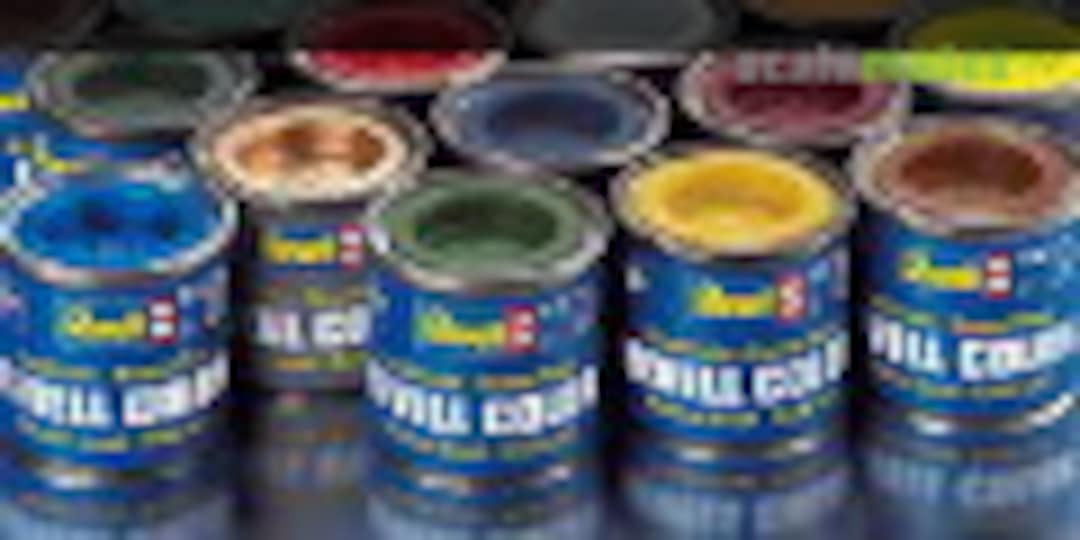N/AW A-10 "Thunderbolt" II
- Échelle:
- 1:48
- Statut:
- Annulé
- Commencé:
- May 1, 2021
- Temps passé:
- 40
Inventaire du projet
Maquettes complètes
Kits de détaillage et conversions
/fr/search.php?q=*&fkMATEID[]=89930&showast=no&fkWORKBENCH[]=WB89930&page=projects&project=96946?
Couleurs du projet
Exterior
Interior
Albums photos
15 images
Stage II - Priming & Rescribing
1:48
The underside was time consuming - the A-10 has 10 wing stations. All stations had their gaps filled with Tamiya Epoxy Q...
Projet: N/AW A-10 "Thunderbolt" II
18 images
Stage III - Painting Experiments
1:48
Full experiment:
1. black basing with light mottling (right wing)
2. black basing with dark mottling (right engine cow...
Projet: N/AW A-10 "Thunderbolt" II
Commentaires
3 28 March 2021, 20:35
This model is not too complicated. I am therefore using this opportunity to get good at cleaning up seams and joints. Of most use seems to be Tamiya Epoxy Putty Quick Type. This can be pressed and smashed into even the smallest crevice, and is easy to clean up if it is wiped away with a wet knife/spatula/rag prior to drying.
I have ended up working the most on the main dorsal seam, especially around the 3 antennas (TACAN, etc.) rear of the cockpit. Sanding was done with wet sponges for the first time, changing between mainly #1000 and #2000. The dorsal seams were puttied with normal Plasto or Tamiya white putty. Next time I should thin them with acetone to get better brushability/spreadability.
I also experimented with liquid mask on the ejection seat harnesses. I find these hard to hand paint (especially in between the harness), and tried masking. It worked quite well, but not perfectly. I also find it hard to paint the side of the seat cushions/back pad without touching the body of the ejection seat itself. Something to work on.
17 May 2021, 12:30
Update:
This assembly is a large learning opportunity for proper application of putty and seam removal. Various types of putty and fillers were experimented with: Tamiya Epoxy, Tamiya white, Revell and Mr. Surfacer 500.
My overall favorite is the Tamiya epoxy. It is easy to handle when your fingers are wet, and it gets into seams very well. I pressed it down with a small metal spatula or even my fingers. Removal of excess is also easy as you can lightly scrape it away. I used it heavily on the wing root seams, as well as the pylon seams.
The focus of assembly was removing as many seams as possible, and this was my first genuine model where I attempted it in full. The following seams were effectively removed (fully smooth, no trace):
-main dorsal seam, even around antenna cluster
-nose seam
-engine nacelle seams
-Empennage seam on underside where it attached to the fuselage
The sanding instruments used were Tamiya 400/600/1000 grit wet/dry, Tamiya sanding sponges 1000/2000/3000 wet/dry, and various sanding sticks and buffing sticks. So. Much. Sanding. In fact I sanded the spine so much the seam actually came back!
Overall the sanding removed a lot of panel lines. This was an opportunity to try re-scribing for the first time. I used 3 layers of electrical tape on top of each other to make quite a hefty guide. I used my Tamiya scribing tool, and applied far too much pressure for the initial lines on the wings and spine. Eventually I found that a *very* light pressure, followed by a an additional very light pass was effective. I was a bit frustrated that I spent so much time removing seams only to be left with far too deep panel lines. I therefore used the opportunity to try out Mr. Surfacer 500 to see how it performs as a filler/putty.
As an experiment, I applied soft, medium and heavy panel lines with the scriber, and filled them with various putties to see how much coverage they can achieve.
The results will be shared in the next update. For now, I am posting pictures of the black based model, as I will be trying mottling seriously for the first time with this aircraft. I plan to use Mr. Hobby aircraft grey thinned 70/30 at 15-20 psi for the mottling scheme.
1 June 2021, 22:40
Update: This project has turned into a test bed for painting techniques. As I experimented to heavily with the landing gear, and accidentally reversed the left and right wing landing gear bays, I decided to stop pursuing the full completion of the model. As it is assembled, I will use it to practice my painting and weathering effects.
27 June 2021, 19:58














